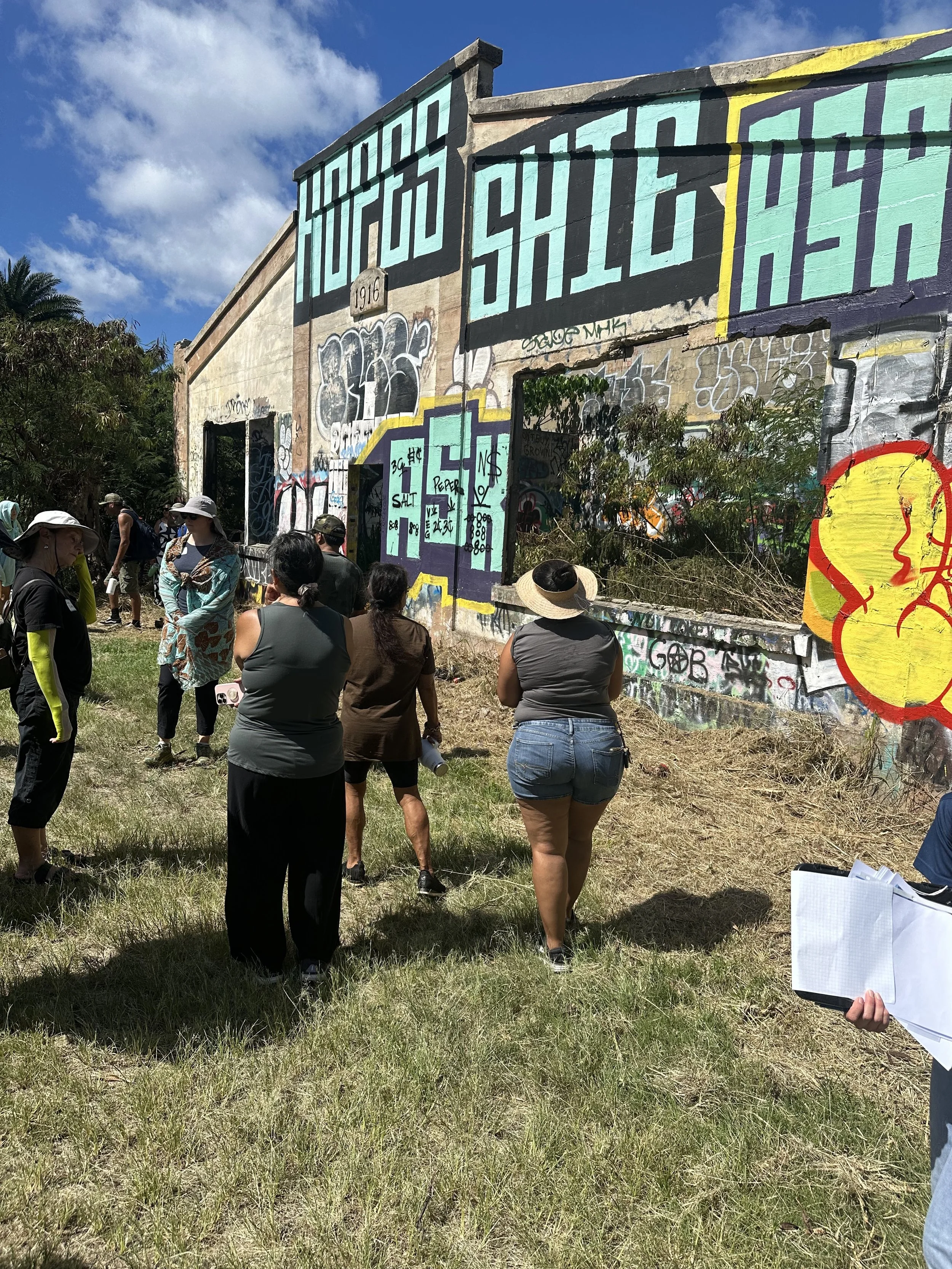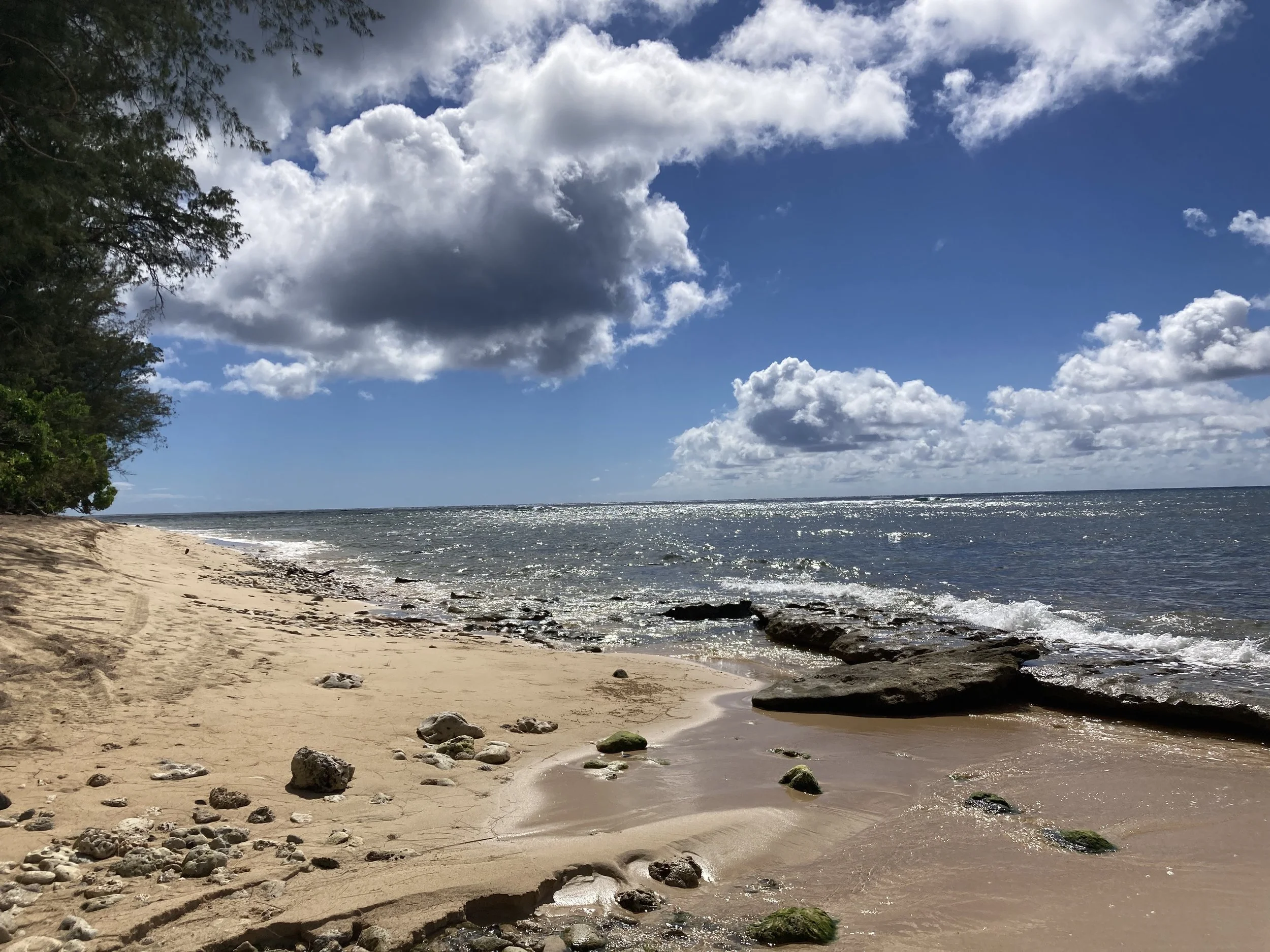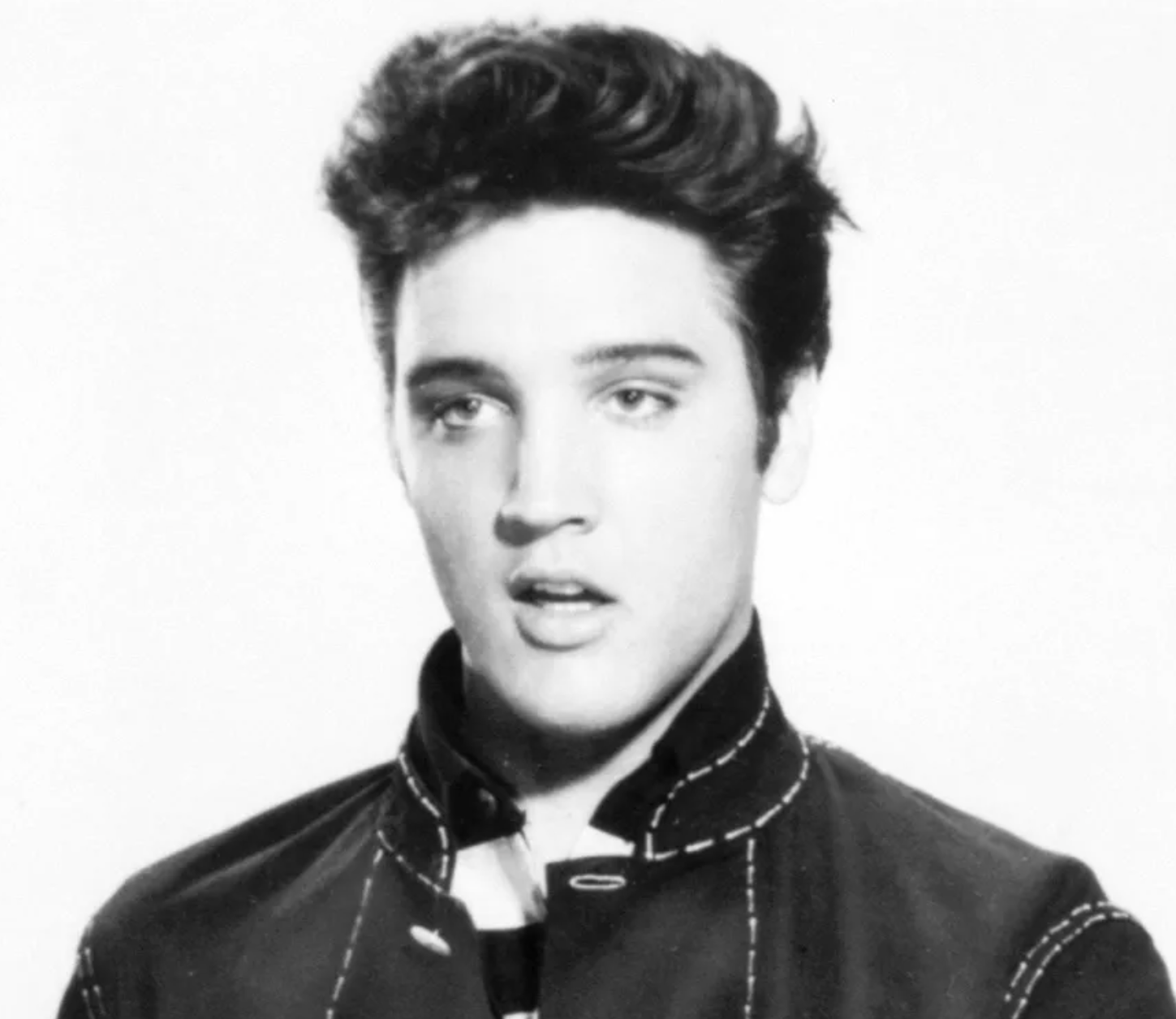
We research the history of reformatories and industrial schools in Hawaiʻi, grounded in aloha for keiki and ʻāina, with the goal of supporting intergenerational healing.
Latest Blog Entries
What a whirlwind time it has been for everyone. This blog post shares a few updates on recent events and a new publication.
One morning in November 1918, Sam K. and his friend Willie C. ran away from the institution where they had been sentenced for the rest of their childhood for petty theft. As soon as the guards noticed they were missing, they began searching for them. Willie was caught just a few hundred feet from Waialua Beach, but Sam refused to give up. He plunged into the ocean.
Join us at Lā Hoʻihoʻi Ea in Thomas Square, Sunday July 28!
In November 1915, Hawaiian newspapers reported on a haunaele nui (large riot) at the Waialeʻe Industrial School for Boys, located in a rural area on the North Shore of Oʻahu. After assaulting a teacher, fifty-four children escaped into the nearby mountains. Pursued by teachers on horseback, the majority were returned to the institution at gunpoint. The boys involved explained that the cause of this incident was hunger: they were not being fed enough.
Despite his popularity, Elvis can’t explain all the public concern about juvenile delinquency in Hawaiʻi during 1957. Organizations such as We, the Women had brought juvenile delinquency to the forefront of public awareness since the early 1950s. We, the Women was a conservative women’s group in Hawaiʻi born to protest an impending public utilities worker strike in 1946.
The teenage girls who were incarcerated at Kawailoa Industrial School were not too different from teenage girls today. They enjoyed watching action-packed movies, staying up to date on the love lives of their favorite celebrities, and talking about their crushes and “first times.” In 1939, adventure stood out as the favorite movie genre among the majority (57%) of girls living at Kawailoa Industrial School, as indicated by a survey with 65 responses.










